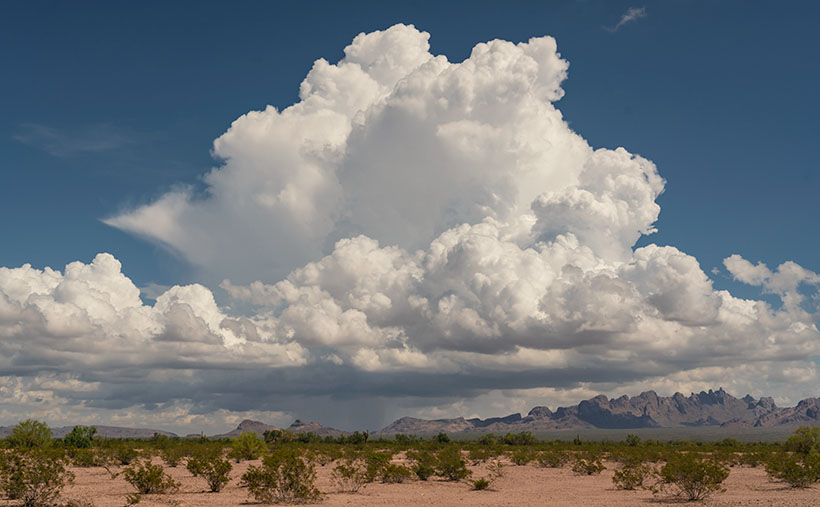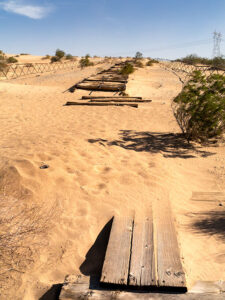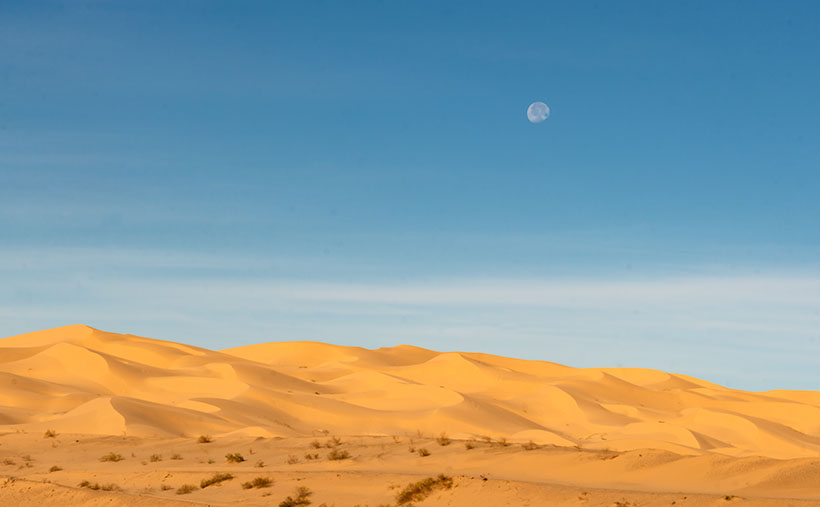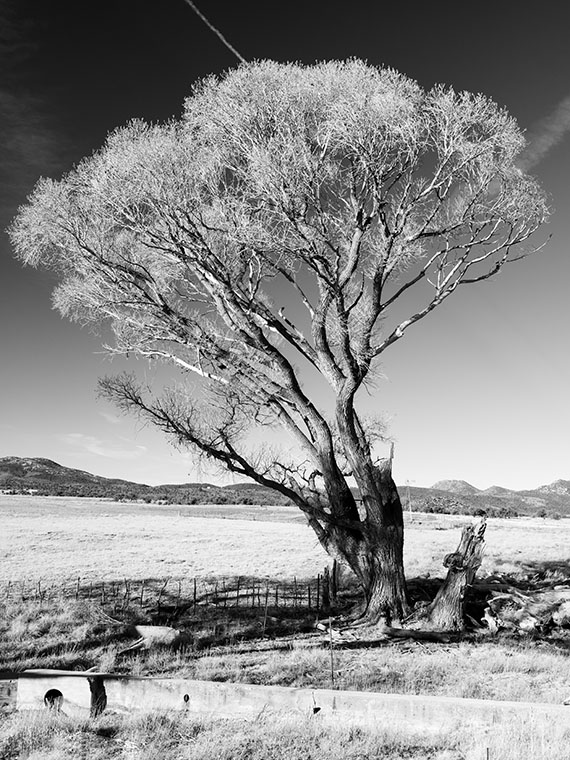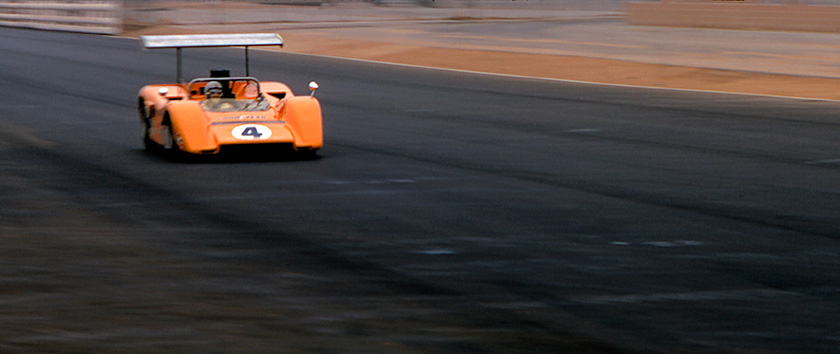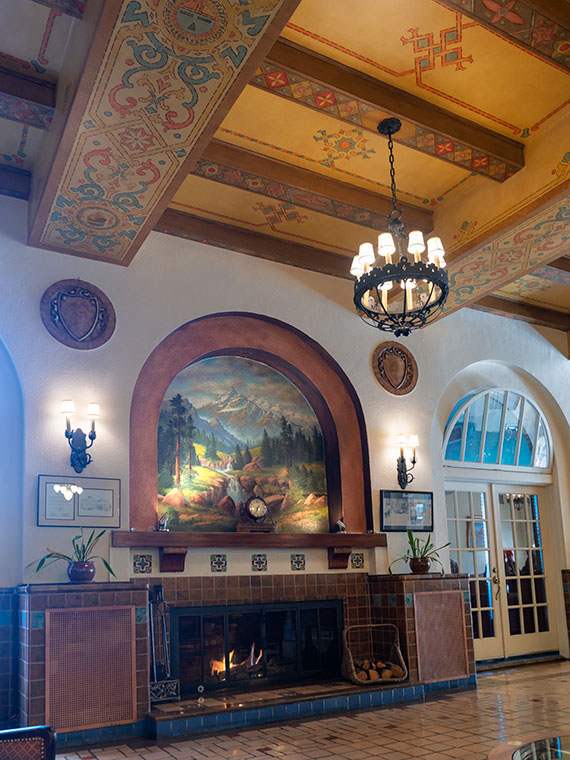
I’m confident that my wife’s life goal is to make my life miserable. Like a rebellious teenager, she delights in making me suffer. She’ll ask me for an opinion and then do the opposite. I’m not the only one that’s noticed this about her. When she worked for Eastern Airlines, one of her co-workers actually told her, “Your husband must be a saint.”
Here’s the latest example. A couple of weeks ago, Queen Anne came home from one of her coven meetings, and the following day she woke up coughing and sniffling. Since we’ve both had our quota of shots, I figured she was coming down with a cold. I don’t believe either of us has had one since we moved to Congress, so we were overdue.
Because we’ve been well for so long, her cold was seeking revenge. I’ve never heard her convulse so often and violently. She ignored my advice to rest, eat chicken soup, and take something to exacerbate the symptoms. Instead, she went about her business as if nothing was wrong, leaving a trail of Kleenex behind her. I was surprised that she didn’t pass her germs off on me, and I silently thought, “If I keep my distance, I won’t get sick.” We slept in separate rooms so her coughing wouldn’t keep me awake, although our house is small and sounds carry. As days passed, she got worse, and I detected a resentment that she alone suffered. A subtle look in a woman’s eye is visible only to a husband.
We were doing fine until this week’s three-day road trip. She swore she was getting better and insisted on going. To shorten this story, we spent three days together in the car, where she sneezed and coughed the entire 500 miles. Every time I glanced at her, she was elbow-deep in dirty snot rags, asleep against the window with a runny nose. After two days of her hacking and wheezing, my right ear began to wilt.
By the third morning, my immune system couldn’t take it anymore. When I let out my first cough, a miracle happened. Anne suddenly turned into Mother Teresa. Now she could nurse someone back to health. She was even willing to make homemade chicken noodle soup—and even asked how many cans to open.
I’m writing this post with watery eyes, a scratchy throat, and a plugged nose. However, I got even. The first thing I did when we got home was to get out my stash of Alka-Seltzer Plus. Anne snatched the box out of my hands and wanted to know where I was hiding it. While I let the two tablets fizz, she read the package. “It has aspirin. I’m allergic, so I can’t take this.”
“It will help your congestion and achiness. What harm could one little tablet do?” I countered. She set up a dose and tossed it back like she was doing shots.
Yesterday morning, she stomped into my office with arms akimbo and scowled at me. I looked up at her face. She had a hive on her lower jaw, and everything below her nose was swollen. She looked like Homer Simpson—stubble and all. I successfully stifled my giggling, so don’t let her know that I told you.
This week’s photo comes from our Thanksgiving trip to Prescott. It’s a shot of the Hassayampa Inn’s Lobby. That holiday night was frosty, so we enjoyed a glass of after-dinner wine by the fire in the evening.
From the outside, I think the hotel is an unremarkable brick cube, so I wanted to capture some of the elegance on display inside. The coffered and ornate ceiling came out well in this photo. Even the painting over the fireplace showed up well, but I’m disappointed that the artist chose a scene not in Arizona. We have plenty of beauty they could have chosen.
You can see a larger version of Hassayampa Lobby on its Webpage by clicking here. Come back next week when our final orphan photo finishes up the month—and year.
Till next time
jw
BTW:
Thanks for helping me get through my Sunday chores this morning. Now I need a bowl of soup and a long nap (rinse and repeat) until I shake this dreaded affliction.

